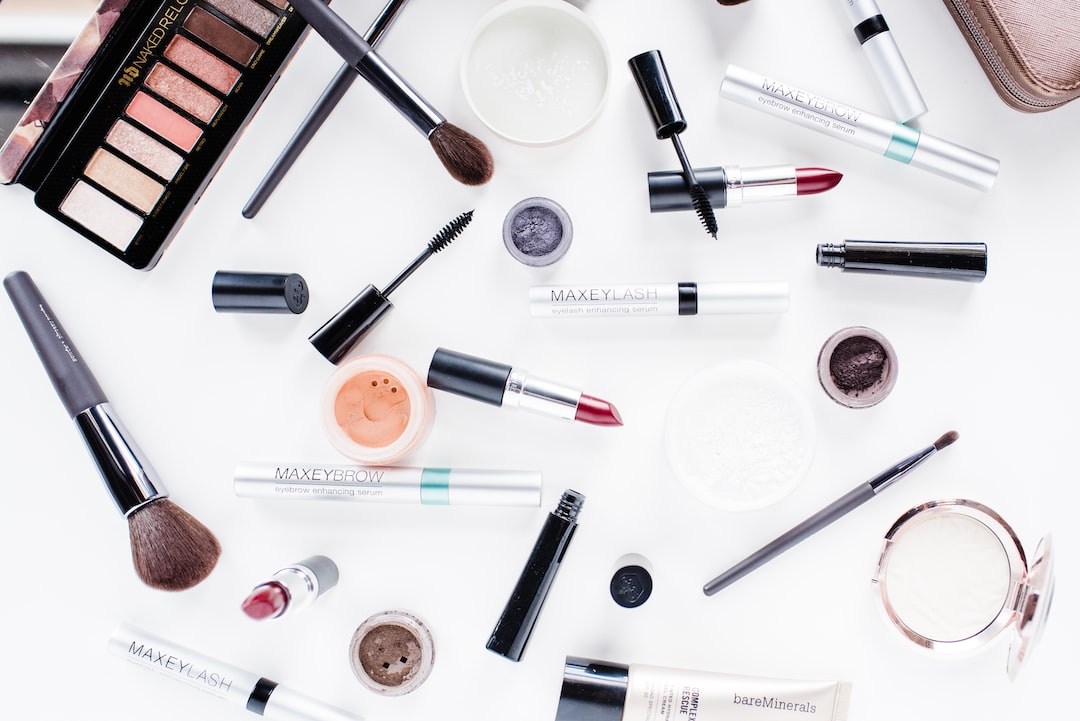Choosing the right blush shade for your complexion can be a daunting task. With so many options available, it’s easy to get overwhelmed and end up with a shade that doesn’t complement your skin tone. But fear not! In this blog post, I will give you some tips and tricks on how to choose the right blush shade for your specific complexion.
First and foremost, it’s important to consider your skin tone. The key is to find a blush shade that complements and enhances your natural complexion, rather than overpowering it. If you have fair skin with cool undertones, opt for blush shades with pink or peachy tones. These shades will give your cheeks a subtle flush and create a natural-looking, youthful glow. On the other hand, if you have fair skin with warm undertones, go for blush shades with coral or apricot tones. These will add warmth to your complexion and bring out your natural radiance.
For those with medium skin tones, you have a wide range of options. If you have cool undertones, opt for blush shades with rosy or mauve tones. These shades will give your complexion a fresh and rosy appearance. If you have warm undertones, blush shades with bronze or caramel tones will enhance your skin’s natural warmth and add a healthy glow.
If you have tan or olive skin, aim for blush shades with terracotta or bronze tones. These warm shades will complement your complexion and give you a sun-kissed glow. Avoid shades that are too light or too cool, as they may appear ashy or unnatural on your skin.
If you have deep or dark skin, look for blush shades with rich and vibrant colors. Berry tones, deep plums, or shades with red undertones will look stunning on you. Avoid light or pastel shades, as they may not show up well on your complexion. Remember, the goal is to enhance your natural beauty, so don’t be afraid to experiment with bold and dramatic shades.
Another factor to consider when choosing the right blush shade is your undertone. Understanding whether you have cool, warm, or neutral undertones can help you find a blush shade that harmonizes with your complexion. You can determine your undertone by looking at the veins on your wrist. If they appear more bluish, you likely have cool undertones. If they appear greenish, you likely have warm undertones. If you can’t determine a dominant color, you likely have neutral undertones. As mentioned earlier, cooler undertones pair well with pink or peachy blush shades, while warmer undertones work best with coral or apricot shades.
When testing blush shades, apply a small amount on the apples of your cheeks and blend it out. Take note of how the shade looks against your skin in natural light. Remember, the right blush shade should enhance your complexion and appear as a natural flush of color, rather than a stark contrast.
In conclusion, choosing the right blush shade for your complexion involves considering your skin tone, undertone, and personal preferences. Keep in mind that these are just guidelines, and you should feel free to experiment with different shades to find the perfect one for you. With a little bit of trial and error, you’ll be able to find a blush shade that adds a natural-looking flush to your cheeks and enhances your overall beauty.

